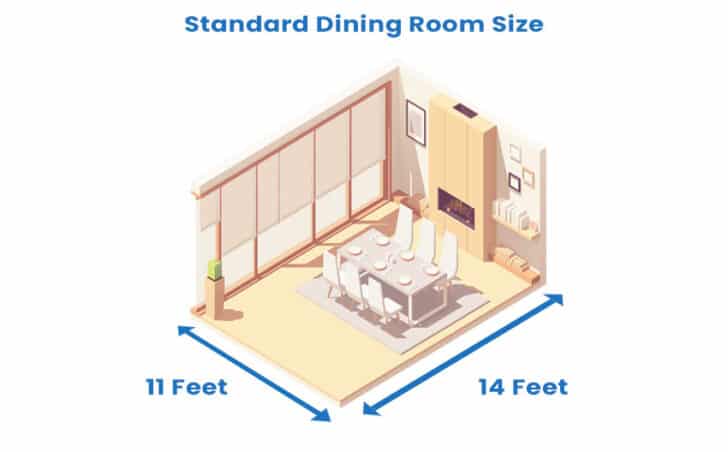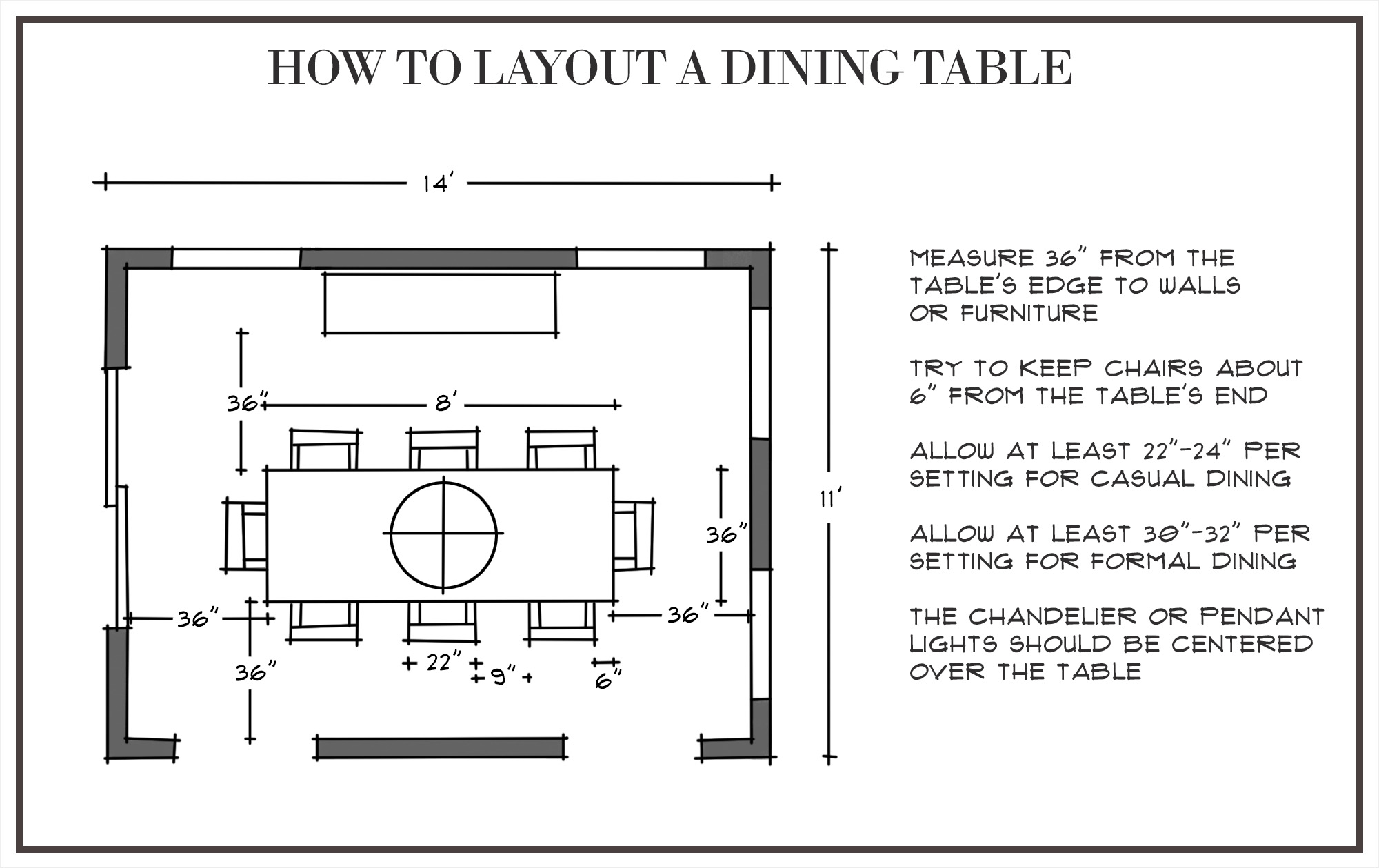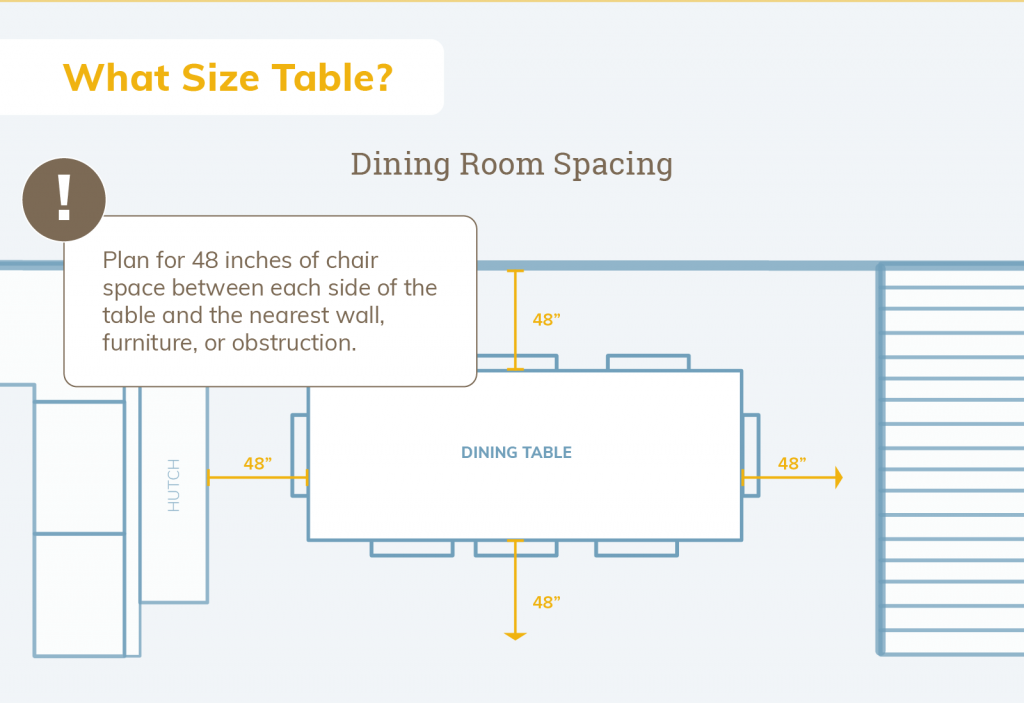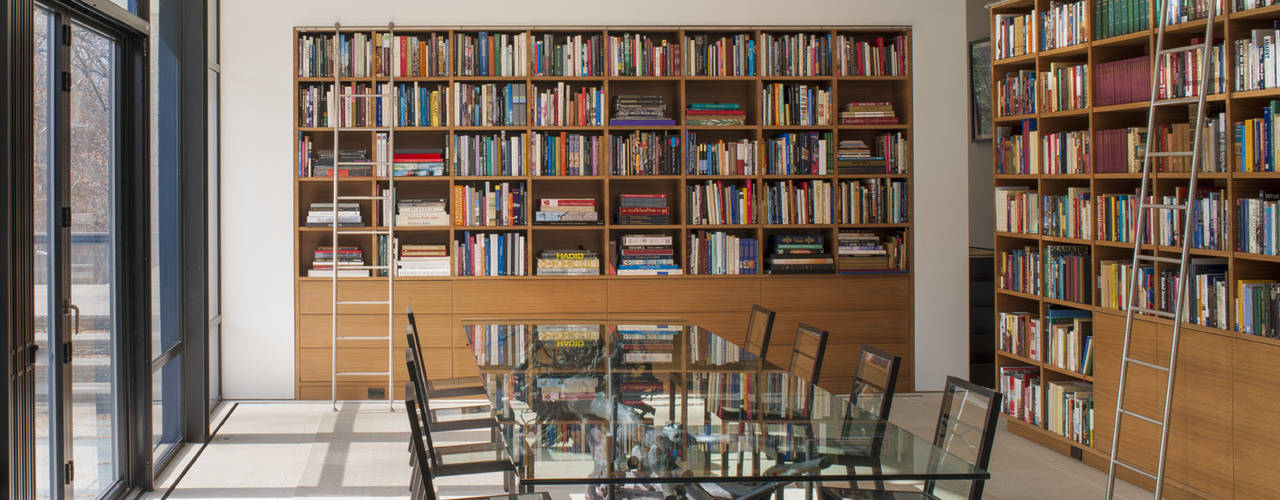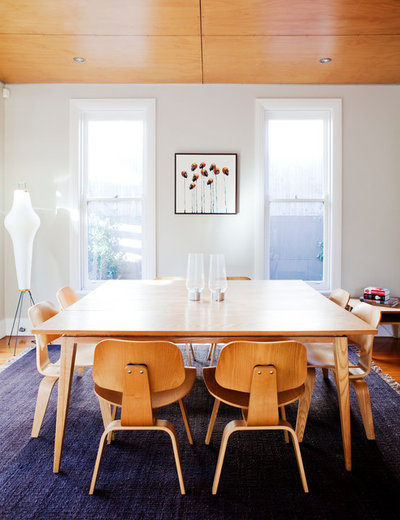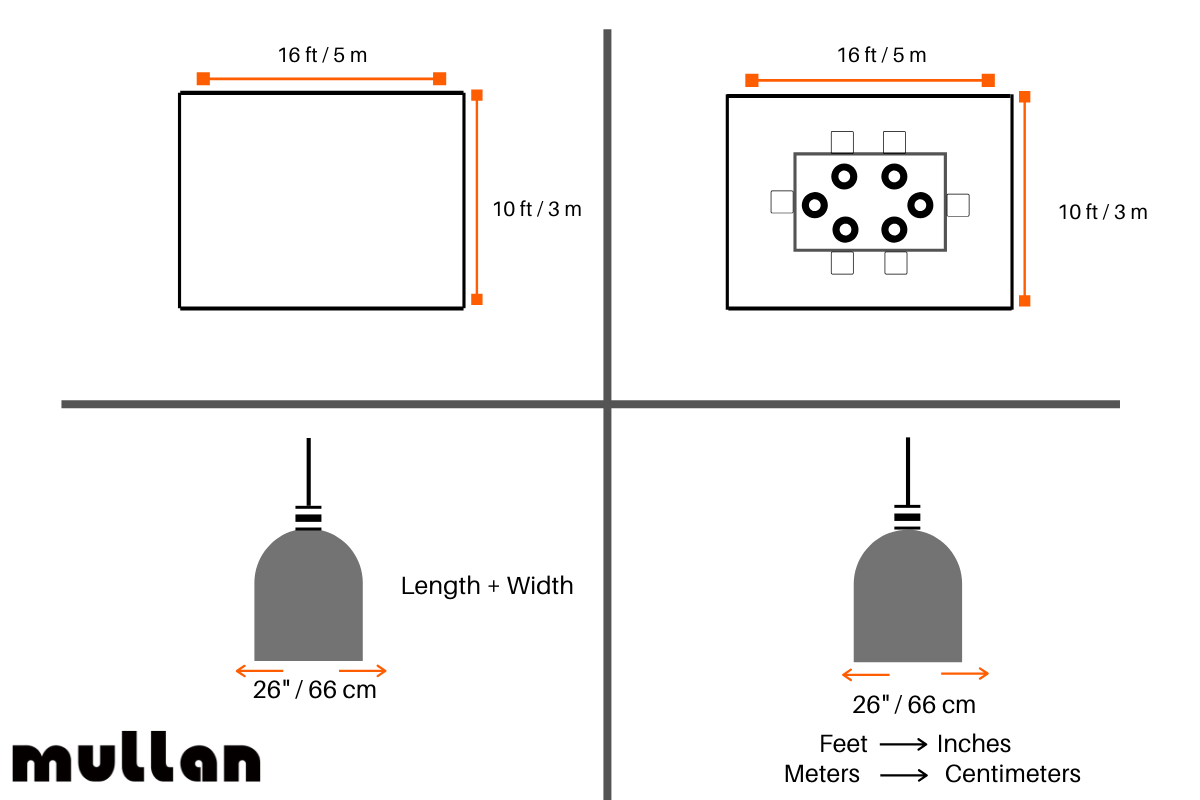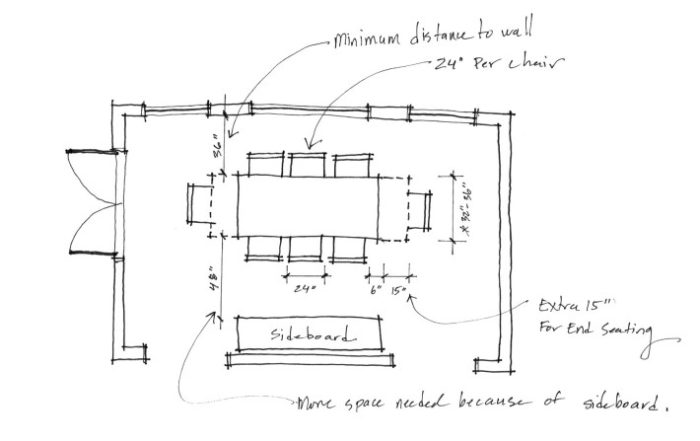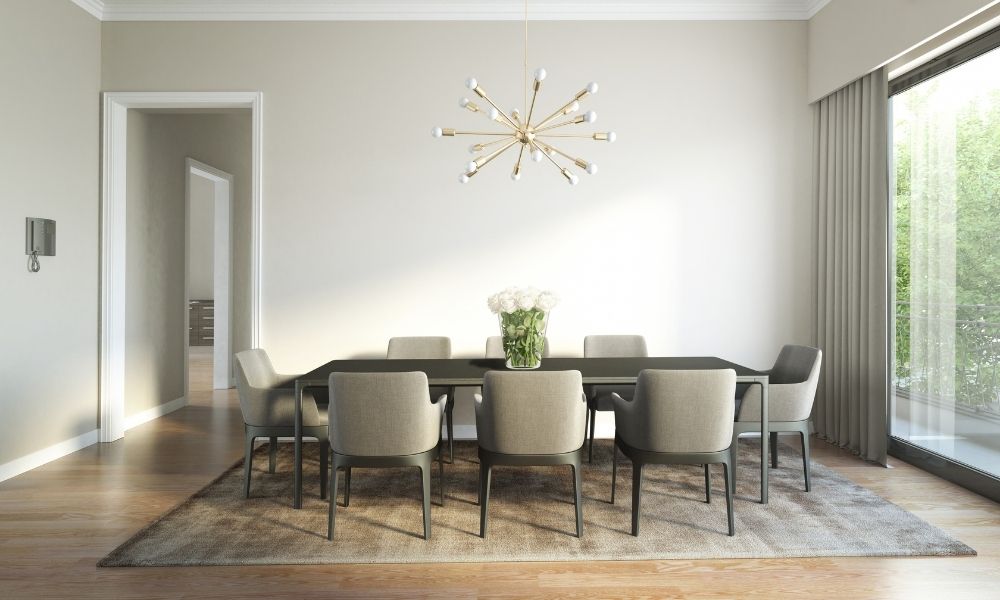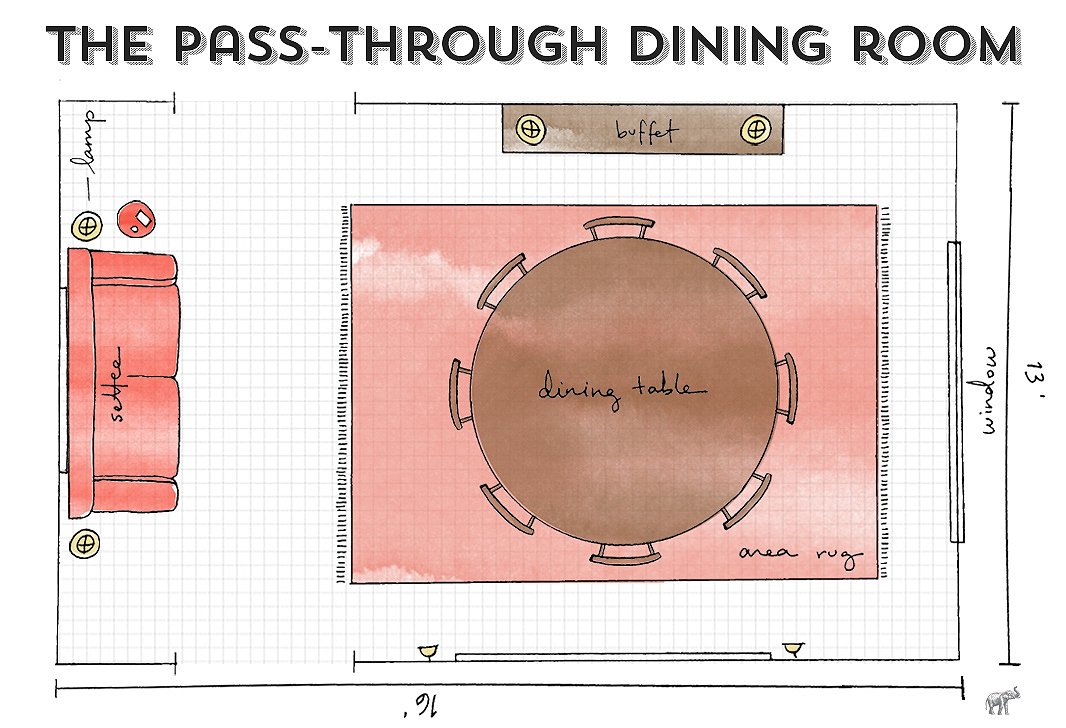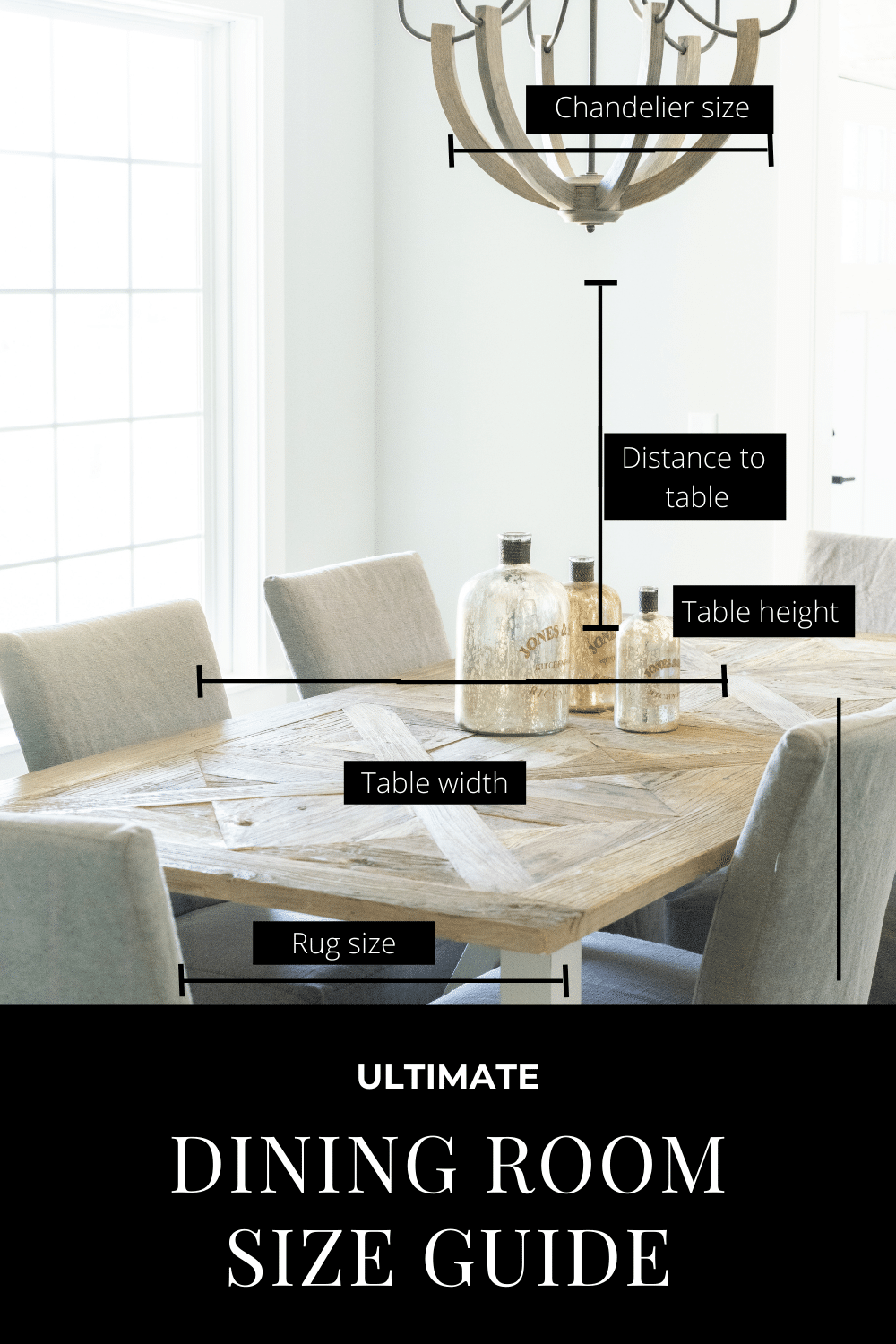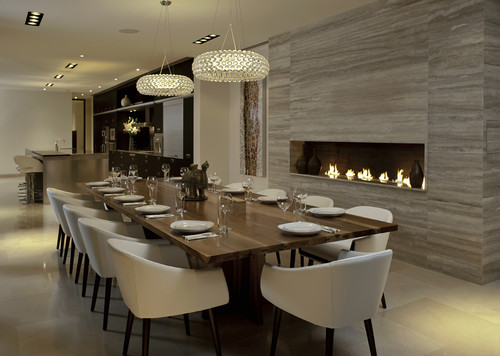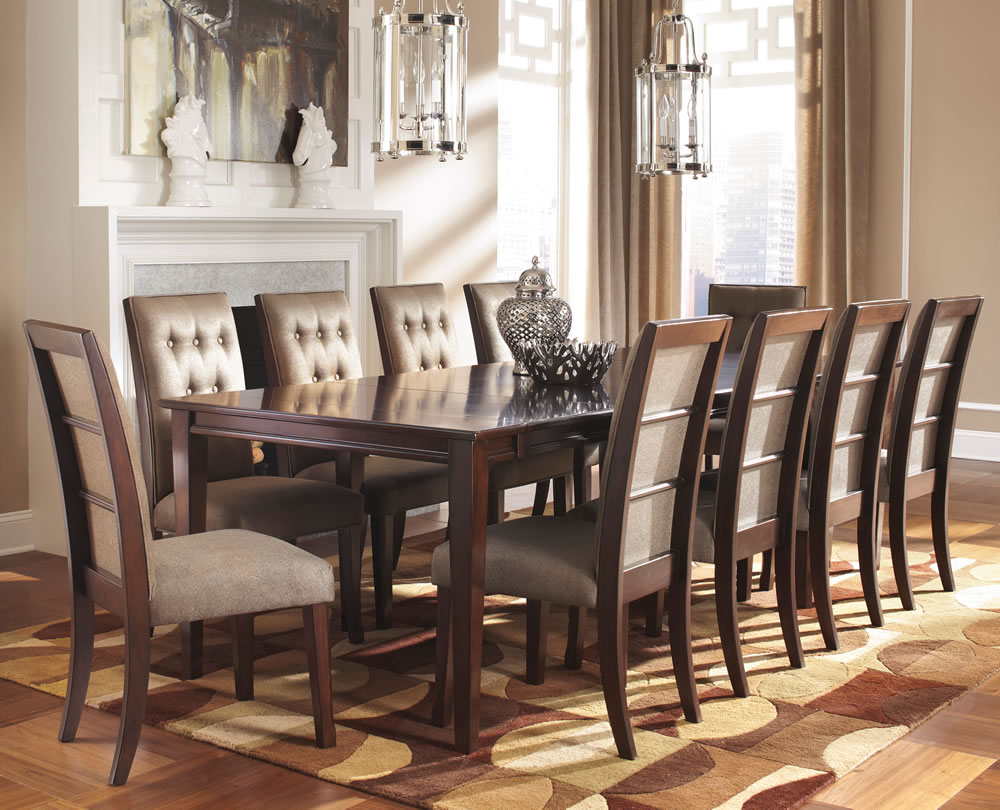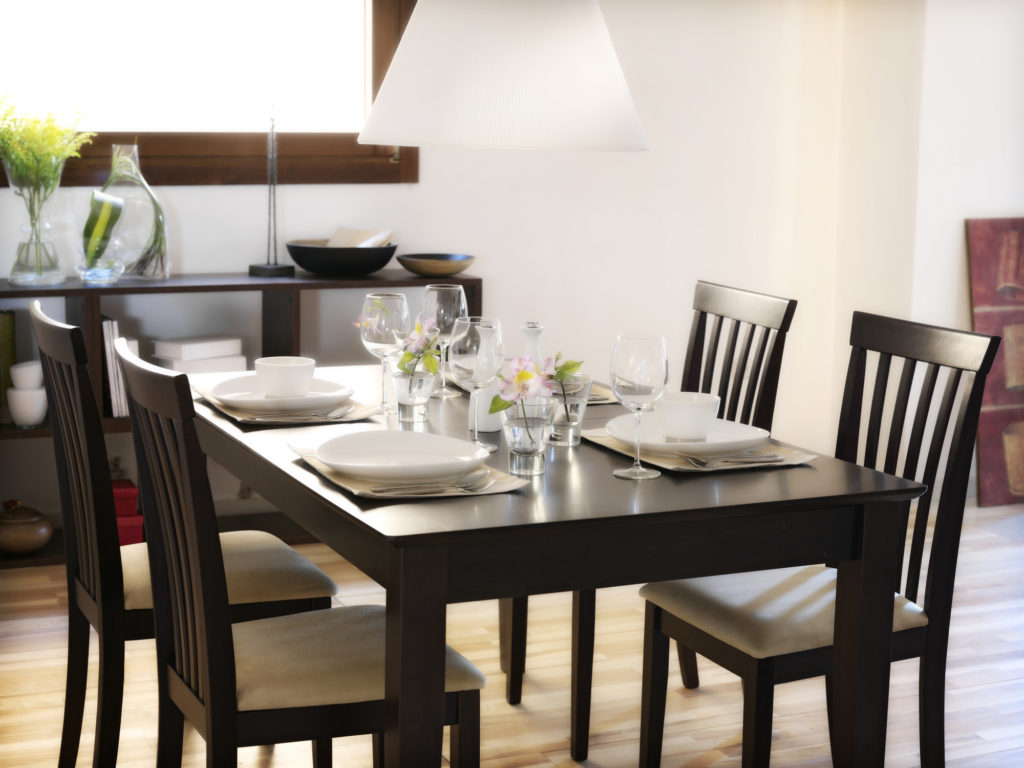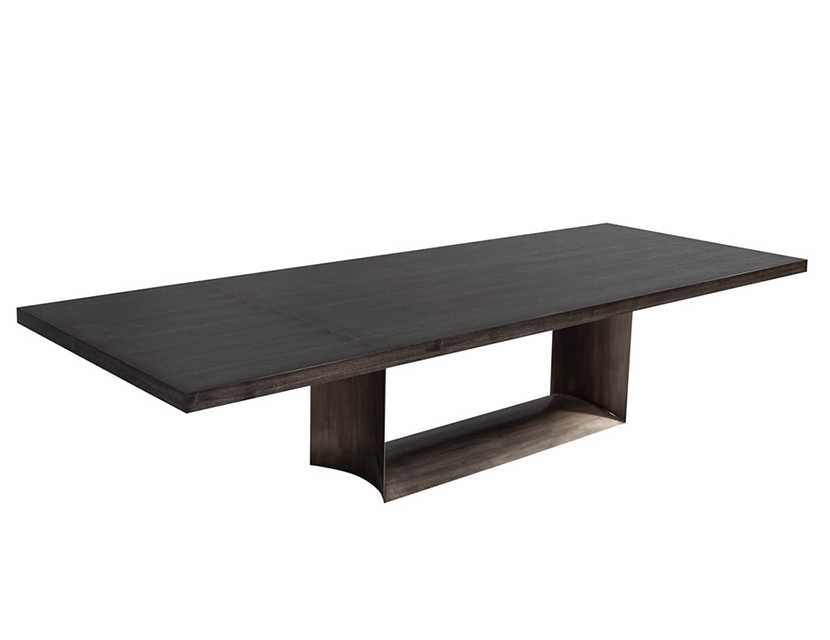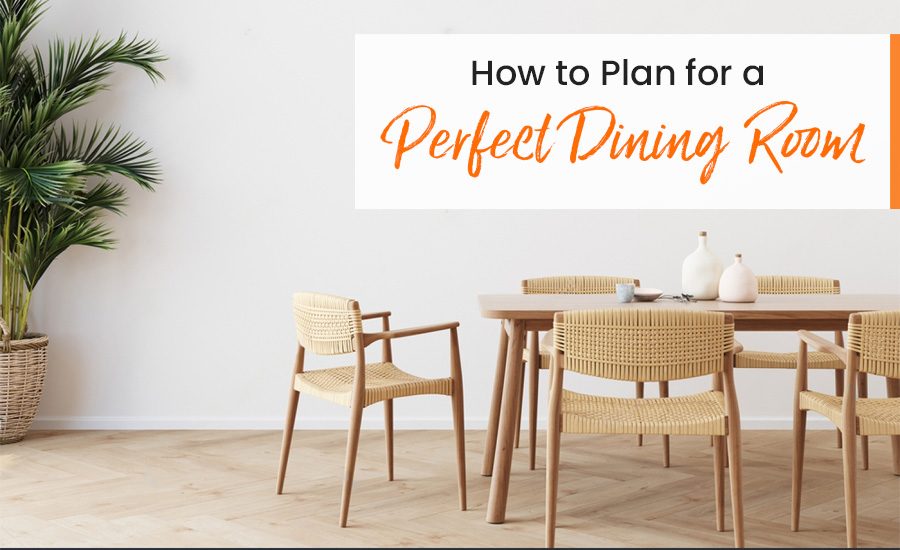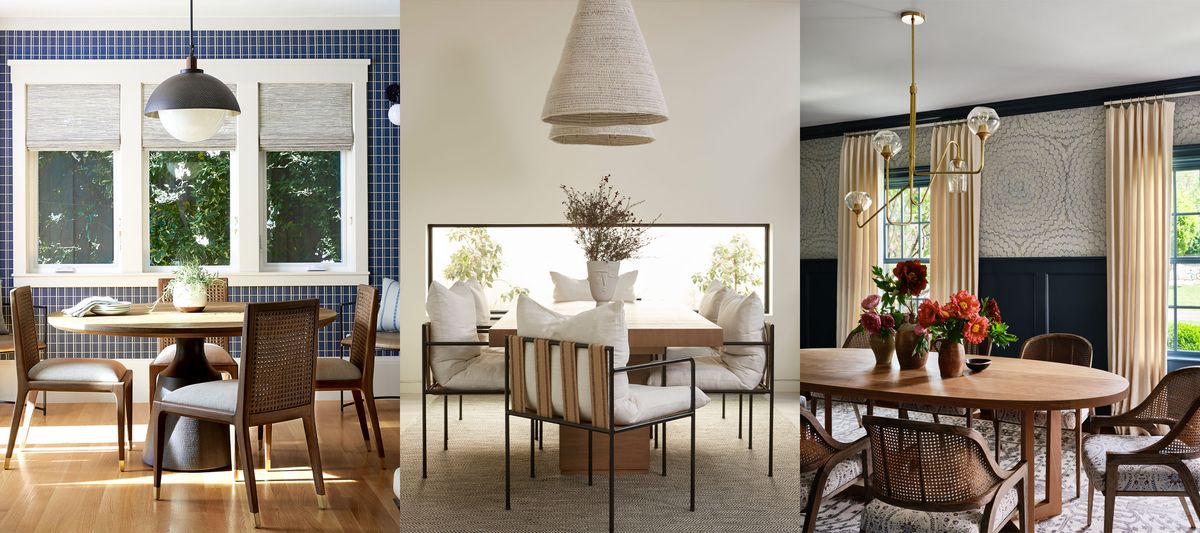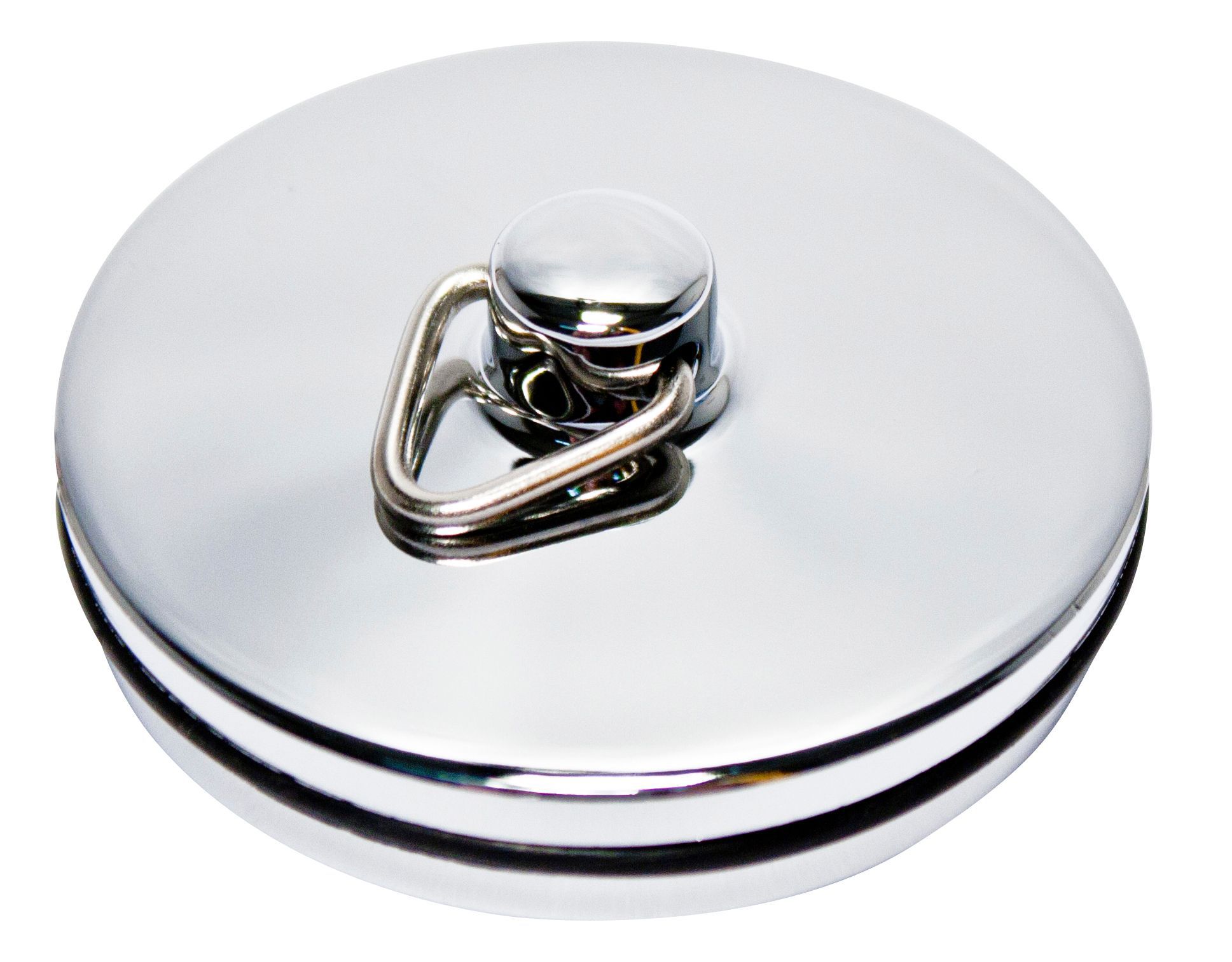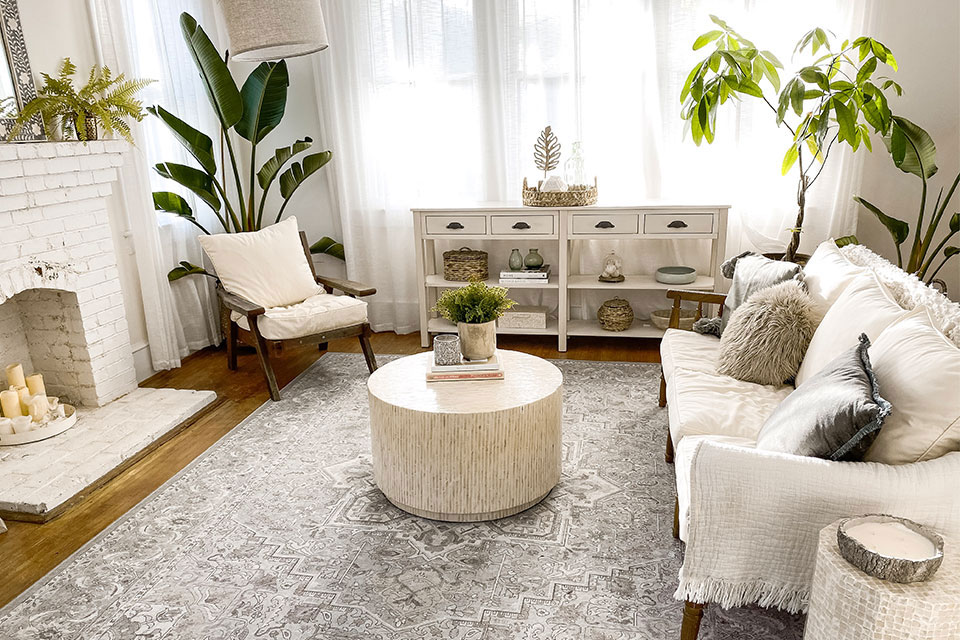When it comes to designing a dining room, one of the most important factors to consider is the size of the space. A dining room that is too small can feel cramped and uncomfortable, while a dining room that is too large can feel empty and uninviting. That's why it's important to choose the perfect dining room dimensions for your home. In this article, we'll discuss everything you need to know about finding the ideal size for your dining room. Dining Room Dimensions: How to Choose the Perfect Size
The ideal size for a dining room can vary depending on the size and layout of your home. However, a good rule of thumb is to have at least 36 inches of clearance around the dining table to allow for comfortable movement and seating. This means that for a rectangular table, the room should be at least 10 feet long and 8 feet wide. For a round table, the room should be at least 9 feet in diameter. The Ideal Dining Room Size for Every Home
Before you start shopping for dining room furniture, it's important to accurately measure the space you have available. Begin by measuring the length and width of the room, and then consider any obstacles or architectural features that may impact the layout. It's also important to take into account the size of your dining table and chairs, as well as any additional furniture such as a buffet or bar cart. Tips for Measuring the Perfect Dining Room Dimensions
If you're looking for a more precise measurement for your dining room, there are some standard dimensions that can serve as a helpful guide. The average dining room size is between 12 and 14 feet by 16 and 18 feet, which can comfortably accommodate a rectangular table for 6-8 people. For a round table, the recommended diameter is 4 feet for 4 people, 5 feet for 6 people, and 6 feet for 8 people. Standard Dining Room Dimensions: What You Need to Know
In addition to the size of the space, the layout of your dining room is also important to consider. The shape and size of your dining table can greatly impact the flow and functionality of the room. For example, a rectangular table works well in a long and narrow room, while a round table can soften the corners of a square or rectangular room. It's also important to leave enough room for chairs to be pulled out comfortably without bumping into walls or other furniture. Creating the Perfect Dining Room Layout with the Right Dimensions
If you're starting from scratch with a new dining room, it's important to carefully plan out the dimensions to ensure a comfortable and functional space. Begin by taking into account the size of your family and how often you entertain guests. Then, factor in the size and shape of the table and chairs, as well as any additional furniture you plan to include in the room. It's also a good idea to leave at least 2 feet of clearance between the dining table and any walls or other furniture. How to Calculate the Perfect Dining Room Size for Your Space
Having the right dining room dimensions is not only important for aesthetics, but it also greatly impacts the comfort and functionality of the space. A dining room that is too small can make it difficult for guests to move around or for everyone to sit and eat comfortably. On the other hand, a dining room that is too large can make it seem disconnected and uninviting. By carefully considering the dimensions of your dining room, you can create a space that is both visually appealing and practical. The Importance of Proper Dining Room Dimensions for Comfort and Functionality
Aside from the dining table and chairs, there are a few other key measurements to consider when designing your dining room. This includes the distance between the table and any other furniture, such as a buffet or bar cart, as well as the height of lighting fixtures. You'll also want to make sure there is enough space for people to comfortably walk around the table and for chairs to be pulled out without causing any obstructions. Designing the Perfect Dining Room: Key Measurements to Consider
Ultimately, the perfect dining room dimensions will vary from home to home based on individual needs and preferences. The most important thing is to consider your family's lifestyle and how you plan to use the space. For example, if you have young children, you may want to leave more room for them to move around or include a larger table for family meals and activities. If you frequently entertain guests, you may want to have a larger dining room to accommodate more people. Finding the Perfect Dining Room Dimensions for Your Family and Lifestyle
When it comes to choosing the perfect dining room dimensions, there are a few common mistakes to avoid. These include not leaving enough clearance around the dining table, not considering the size and shape of the table and chairs, and not taking into account the flow and layout of the room. It's also important to not rely solely on standard dimensions and to factor in your own personal needs and preferences. Common Mistakes to Avoid When Determining Dining Room Dimensions
Designing the Perfect Dining Room: Additional Considerations

Lighting
 When designing the perfect dining room, many people tend to focus solely on the size and shape of the room. However, lighting is also a crucial element that should not be overlooked.
Proper lighting can create a warm and inviting atmosphere
in the dining room, making it a more enjoyable space for meals and gatherings.
It can also highlight key design features and bring attention to the dining table and surrounding decor
. When considering lighting options,
make sure to choose fixtures that provide enough light for the size of the room and can be dimmed for a more intimate setting
.
When designing the perfect dining room, many people tend to focus solely on the size and shape of the room. However, lighting is also a crucial element that should not be overlooked.
Proper lighting can create a warm and inviting atmosphere
in the dining room, making it a more enjoyable space for meals and gatherings.
It can also highlight key design features and bring attention to the dining table and surrounding decor
. When considering lighting options,
make sure to choose fixtures that provide enough light for the size of the room and can be dimmed for a more intimate setting
.
Seating
 The dining table is often considered the main focal point of a dining room, but
the seating is just as important
. When determining the size of your dining room,
make sure to factor in enough space for comfortable seating
. The general rule of thumb is to allow 24 inches of space per person, which includes both the width of the chair and enough space to comfortably move around the table.
Consider opting for chairs with a sleek and slim design to maximize space in smaller dining rooms
.
The dining table is often considered the main focal point of a dining room, but
the seating is just as important
. When determining the size of your dining room,
make sure to factor in enough space for comfortable seating
. The general rule of thumb is to allow 24 inches of space per person, which includes both the width of the chair and enough space to comfortably move around the table.
Consider opting for chairs with a sleek and slim design to maximize space in smaller dining rooms
.
Storage
 A common mistake when designing a dining room is not considering storage options.
Having ample storage in the dining room can help keep the space clutter-free and organized
. This is especially important if you plan on using the dining room for other purposes, such as a home office or a study area.
Consider incorporating built-in shelves or cabinets
to store extra dinnerware, linens, and other items.
Utilizing vertical space can also help save floor space in smaller dining rooms
.
A common mistake when designing a dining room is not considering storage options.
Having ample storage in the dining room can help keep the space clutter-free and organized
. This is especially important if you plan on using the dining room for other purposes, such as a home office or a study area.
Consider incorporating built-in shelves or cabinets
to store extra dinnerware, linens, and other items.
Utilizing vertical space can also help save floor space in smaller dining rooms
.
Personal Touches
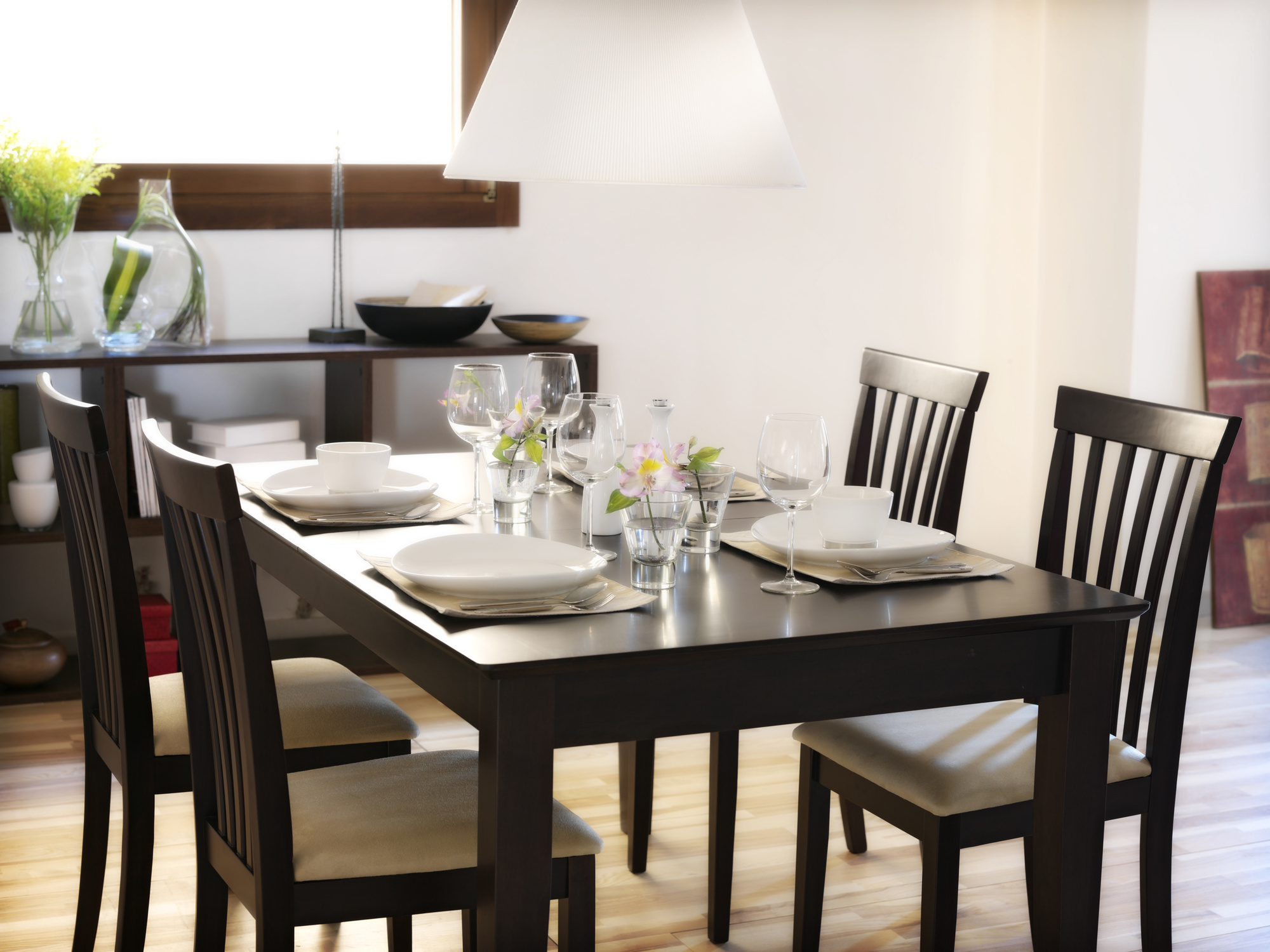 While the dimensions of the dining room are crucial,
don't forget to add personal touches to make the space your own
. This could include
hanging artwork or photographs, incorporating your favorite color scheme, or adding a statement piece of furniture
.
Personalizing your dining room can make it a more enjoyable and inviting space for both you and your guests
.
In conclusion,
designing the perfect dining room is a combination of considering the dimensions, lighting, seating, storage, and personal touches
. By incorporating all of these elements, you can create a functional and aesthetically pleasing dining room that will be the heart of your home. Remember to
take the time to plan and measure carefully
to ensure the best possible outcome. With these tips in mind, you can create a dining room that is both stylish and comfortable for all your dining needs.
While the dimensions of the dining room are crucial,
don't forget to add personal touches to make the space your own
. This could include
hanging artwork or photographs, incorporating your favorite color scheme, or adding a statement piece of furniture
.
Personalizing your dining room can make it a more enjoyable and inviting space for both you and your guests
.
In conclusion,
designing the perfect dining room is a combination of considering the dimensions, lighting, seating, storage, and personal touches
. By incorporating all of these elements, you can create a functional and aesthetically pleasing dining room that will be the heart of your home. Remember to
take the time to plan and measure carefully
to ensure the best possible outcome. With these tips in mind, you can create a dining room that is both stylish and comfortable for all your dining needs.





